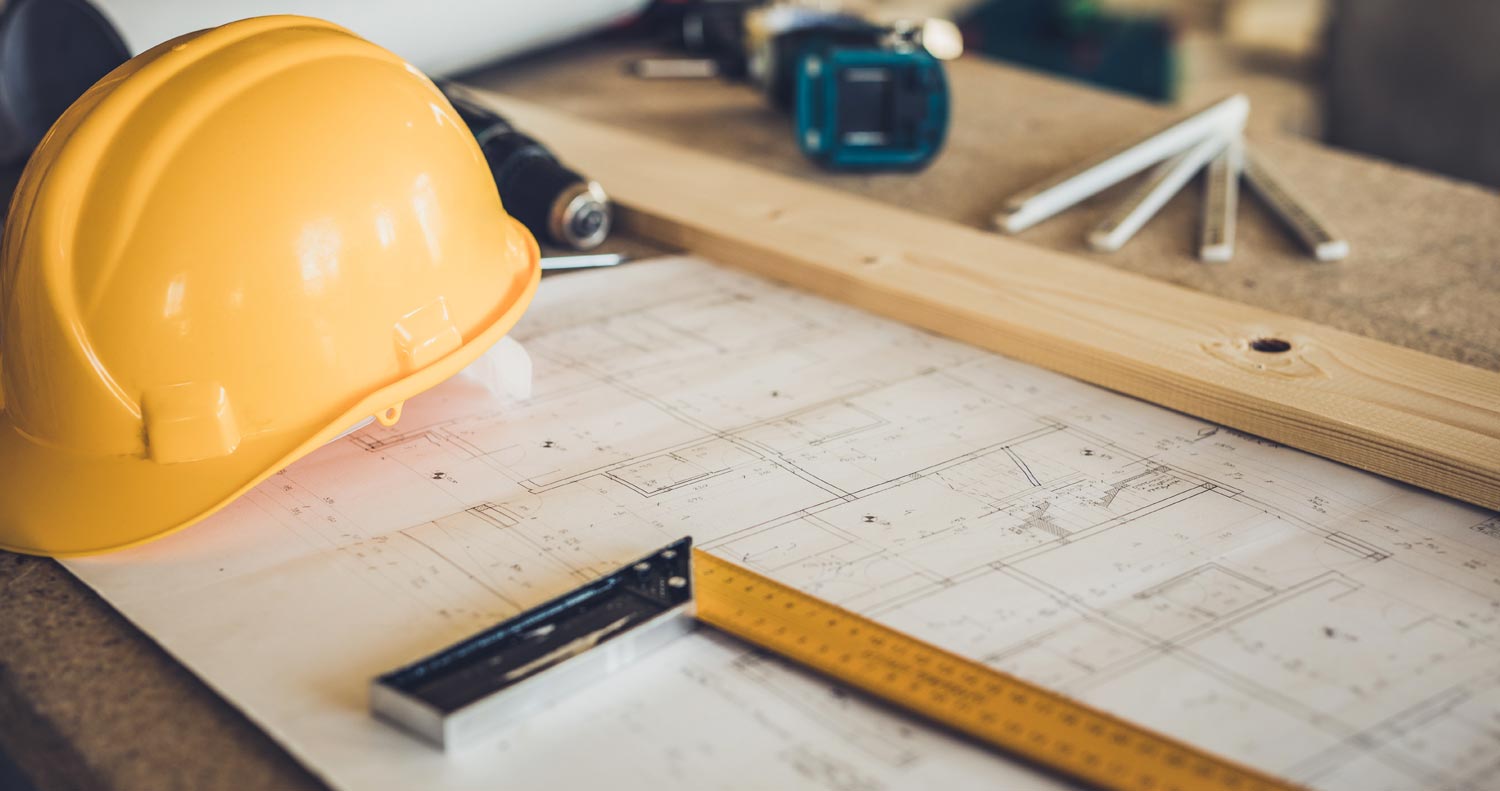
The ability to accurately pinpoint the costs to fix and flip houses makes all the difference in whether real estate investors find success, and how much they can make.
You can’t expect to get financing, calculate your true ROI, crank up your annual income, or reduce your risk enough to be confident your next deal won’t bankrupt you unless you’ve got a good handle on all the different variables. So, how much does it cost to flip a house?
The Appeal & Danger of Flipping Houses
Done well, you can make more on one house flip than many people will make in a year.
The big profits from flipping houses make the process seem incredibly appealing. Not only have house flippers been making an average of over $60,000 per deal according to reports from ATTOM Data Solutions, but a huge line up of reality TV shows have made it look fun and fashionable as well.
Of course, it is a little riskier and more complicated in the real world, especially if you don’t know what you are doing.
You don’t have to be a mathematical genius, but you do need to know the basics of how the financial side of house flipping really works. Otherwise, it’s not even going to be a sustainable hobby.
Done well, you can make more on one house flip than many people will make in a year. Discover you underbudgeted by $20,000 and you could be in a hole that is really, really difficult to dig your way out of.
The HGTV Math
While some of these Hollywood TV shows are getting marginally better, experienced real estate industry professionals also point to them as one of the most dangerous things to have happened to the market.
They can oversimplify fix & flips, and may inspire many new flippers to over-improve properties. Worst of all, they overlook several significant financial factors.
Most shows seem to calculate profits like this:

How Much Does It Cost To flip A House [Really]?
In reality, there are a lot more costs involved in flipping houses.
At a minimum your math should include:
- Upfront marketing costs to find the deal
- Acquisition closing costs
- Purchase price
- Rehab costs (materials and labor)
- Holding costs until sold (taxes, insurance, utilities, association dues, maintenance, etc.)
- Remarketing costs and/or Realtor commissions
- Sellers’ closing costs
Don’t forget to factor in your taxes on your gains too.
Can you see the big gap?
That’s not counting all of the other business and operational costs you need to cover throughout the year either.
Flipping can still be highly profitable, but if you forgot all of these other costs you might be making a fraction of what you expected, at best. You could even wind up bringing money to the closing table to sell the property.
Finance Costs
Most house flippers will find that it makes more sense to finance their deals, even if they have all cash. Any additional costs of using financing should be included in your math when calculating how much does it cost to flip a house too.
Why financing flips is smarter:
- Lower risk and exposure
- More diversification
- More deal volume potential
- Higher cash on cash returns
Imagine you had $200,000 to invest. You could either do one deal for cash, hope you flip it immediately, and then repeat. Or you could go buy five flips, finance the balance, and instead of just making $60,000 next month, make 5x that instead. Which would you rather have?
Financing does cost money, but with fast and efficient rehabs the interest costs are negligible. Even at a high 12% rate, on a good-sized deal, you might pay $2,000 in extra holding costs. Yet, that enables you to make so much more. Not to mention eliminating most of the risk, and letting you keep more cash in the bank.
Fix & Flip Financing Options
There are a variety of ways to fund house flips, including:
- Cash on hand
- Retirement investment accounts
- Old school banks
- Credit cards
- Home equity lines of credit
- Friends and family
- Specialist fix and flip lenders
For the lowest risk and lowest costs, and most leverage, investors are going to go with real estate financing specific to their prospective deals. If you’ve ever tried this with a traditional bank or mortgage lender you’ve probably already encountered a variety of hurdles. Most often this includes larger down payments, asset and cash reserve requirements, and typically long processing times.
Specialized lenders like Latitude understand the needs of house flippers. They typically close faster, loan higher LTVs, will loan on the After Repair Value (ARV) and can fund the repair costs in addition to most of the purchase price.
Quick Tips for More Profitable Flips
- Build relationships with lenders to earn better terms
- Focus on reduced flip times to turn capital faster and reduce holding costs
- Always use professional inspectors and contractors to accurately evaluate property condition before committing so you know the real costs
- Build a strong buyer list to resell fast or pre-sell before buying
- Use checklists for everything so you don’t overlook expenses
- Always build in a financial cushion for overages
- Shop specialist lenders to maximize smart leverage and real cash on cash returns
Summary
How much does it cost to flip a house? That obviously depends on the house. The key to accurately calculating this on each deal and ensuring you make a nice profit is being sure you factor in all the costs involved. While financing can add to this calculation, the advantages it adds for lowering risk and potential profits from increased deal volume make it a no-brainer for most investors.